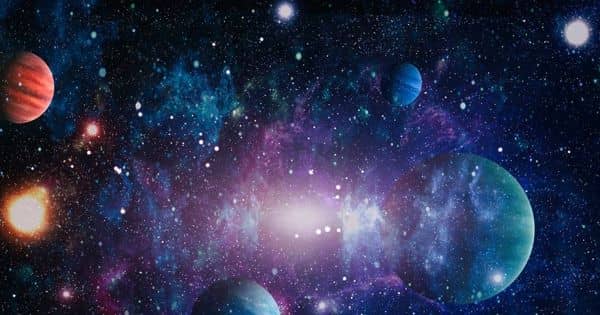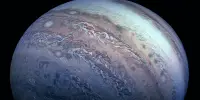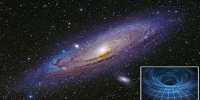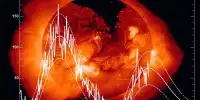In an attempt to recreate the first matter created by the creation of the universe, physicists used the world’s largest atom accelerator, the Large Hadron Collider (LHC) in Switzerland, to smash lead particles together at just shy of the speed of light.
This primordial goo, known as “quark-gluon plasma” (QGP), was only visible for a fraction of a second — 10 to the minus 23 seconds — but the scientists were able to get an unprecedented look.
The researchers discovered something unexpected: the viscosity of the primordial fluid was astonishingly close to water, leading them to conclude that elementary particles formed fractions of a second after the Big Bang may have flowed like water, as detailed in a new study published in the journal SciPost Physics.
The findings could change how we think about the time after the Big Bang.
Physicists used the world’s largest atom accelerator, the Large Hadron Collider (LHC) in Switzerland, to smash lead particles together at just shy of the speed of light in a bid to recreate the first matter created by the creation of the universe.
According to the new research, extremely hot QGP cooled quickly to form the elements that now fill the known universe just microseconds after the beginning of the universe. According to the researchers, “we’ve been able to recreate QPG since the early 2000s, but only now have we been able to observe how it behaves.”
The wreck produced a primitive type of matter known as quark-gluon plasma, or QGP. It only lasted a fraction of a second, but scientists were able to investigate the plasma’s liquid-like properties — finding it to have less resistance to flow than any other known substance — and determine how it evolved in the early universe for the first time.
Although the viscosity and density of QGP are both technically 16 orders of magnitude greater than those of water, the ratio between the two is essentially the same, according to the study. That is, despite their significant differences, the two fluids will flow in the same direction.
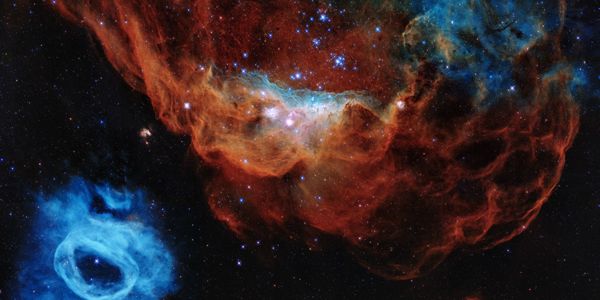
“We do not fully understand the origin of this striking similarity yet, but we believe it could be related to the fundamental physical constants that set both the universal lower limit of viscosity for both ordinary liquids and quark-gluon plasma,” said Kostya Trachenko, a physics professor at Queen Mary University of London and the paper’s author.
The findings could alter our understanding of the primordial goo created by the Big Bang. In the statement, Vadim Brazhkin, a professor at the Russian Academy of Sciences who was not involved in the research, said, “It is conceivable that the current result can provide us with a better understanding of the quark-gluon plasma.”
“The reason is that viscosity in liquids at their lowest corresponds to a very specific regime of liquid dynamics that we only recently understood,” he added. “The similarity with the QGP suggests that particles in this exotic system move similarly to those in tap water.”
Next, scientists hope to turn back the clock even further by using particle accelerators like the LHC to gain a better understanding of the evolution of the universe.
The universe was thought to be a soup of energy after the Big Bang before rapidly expanding during a period known as inflation, which allowed the universe to cool enough for matter to form. Quarks, a fundamental particle, and gluons, which carry the strong force that holds quarks together, were thought to be the first entities to emerge. As the universe cooled further, these particles combined to form subatomic particles known as hadrons, some of which we now recognize as protons and neutrons.
